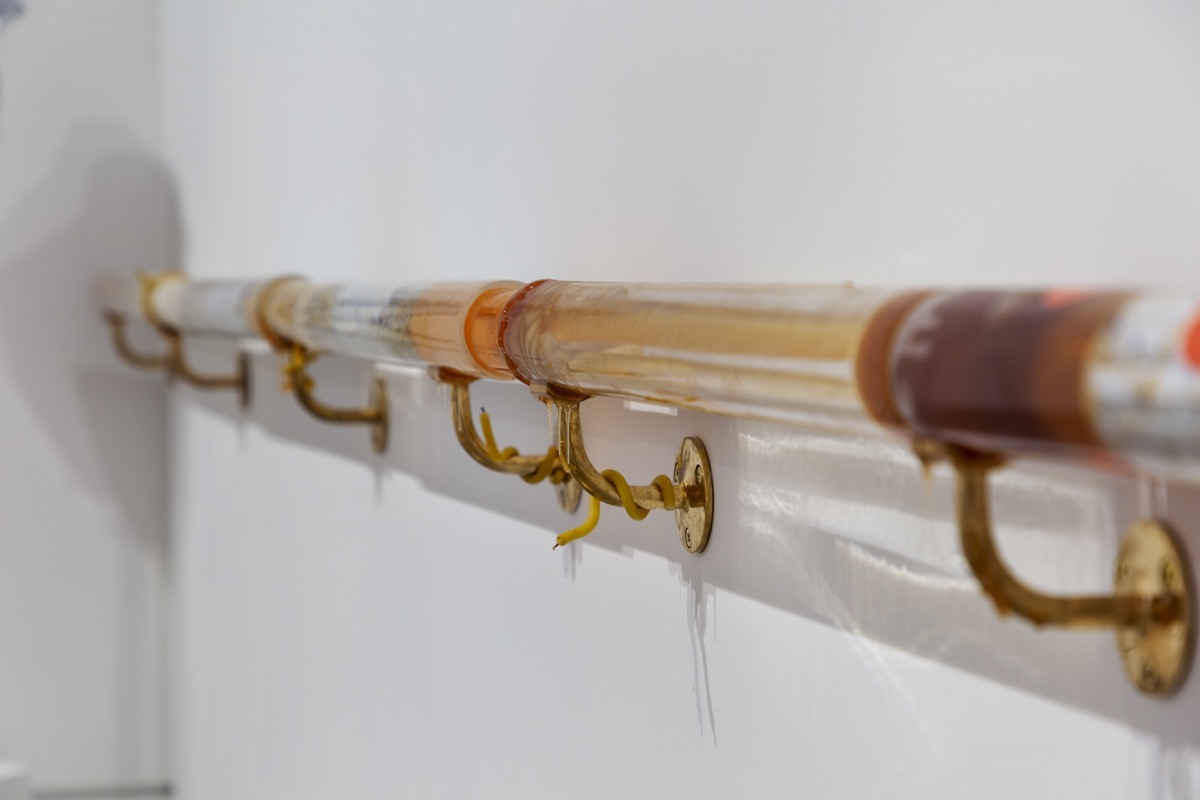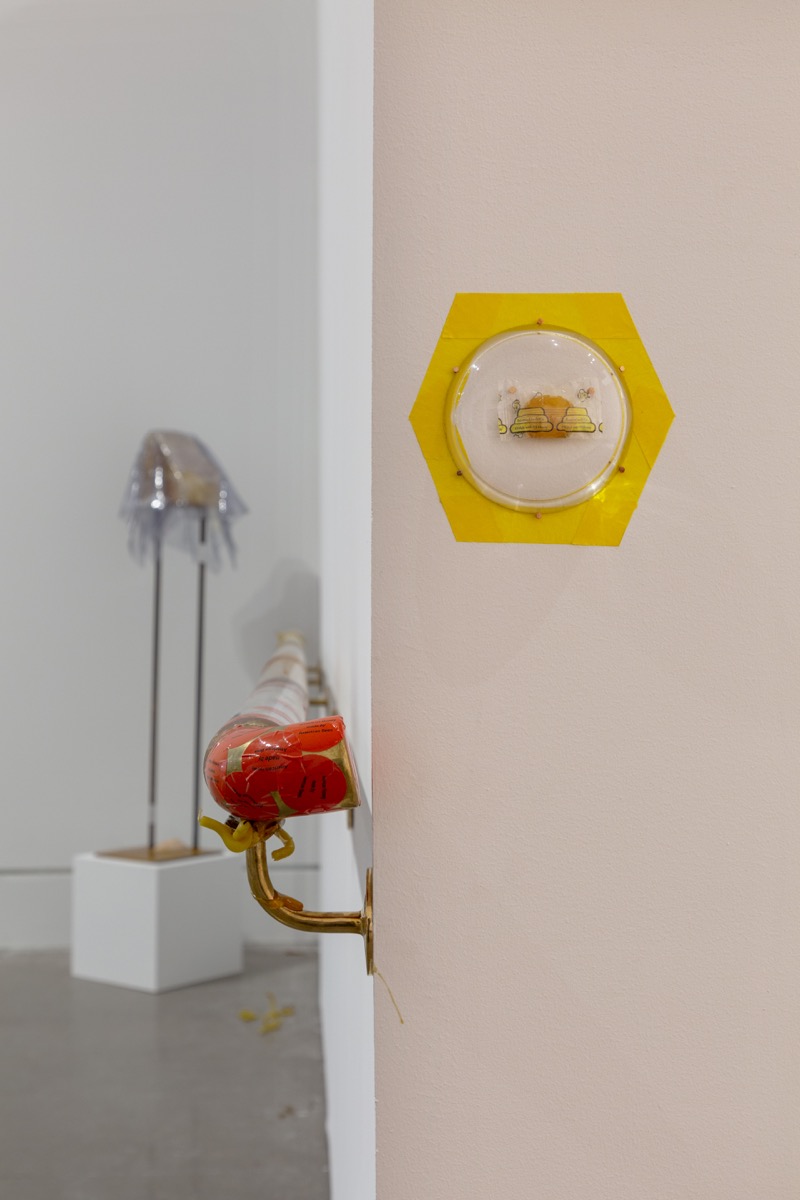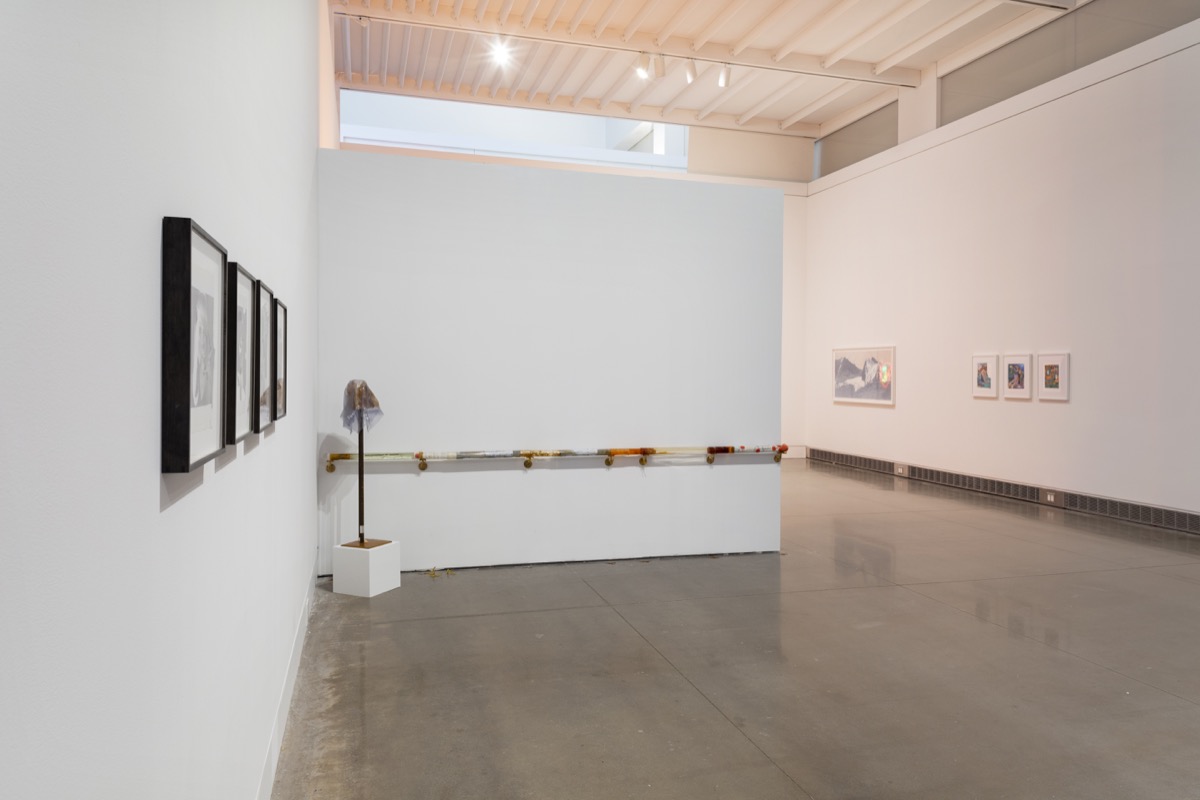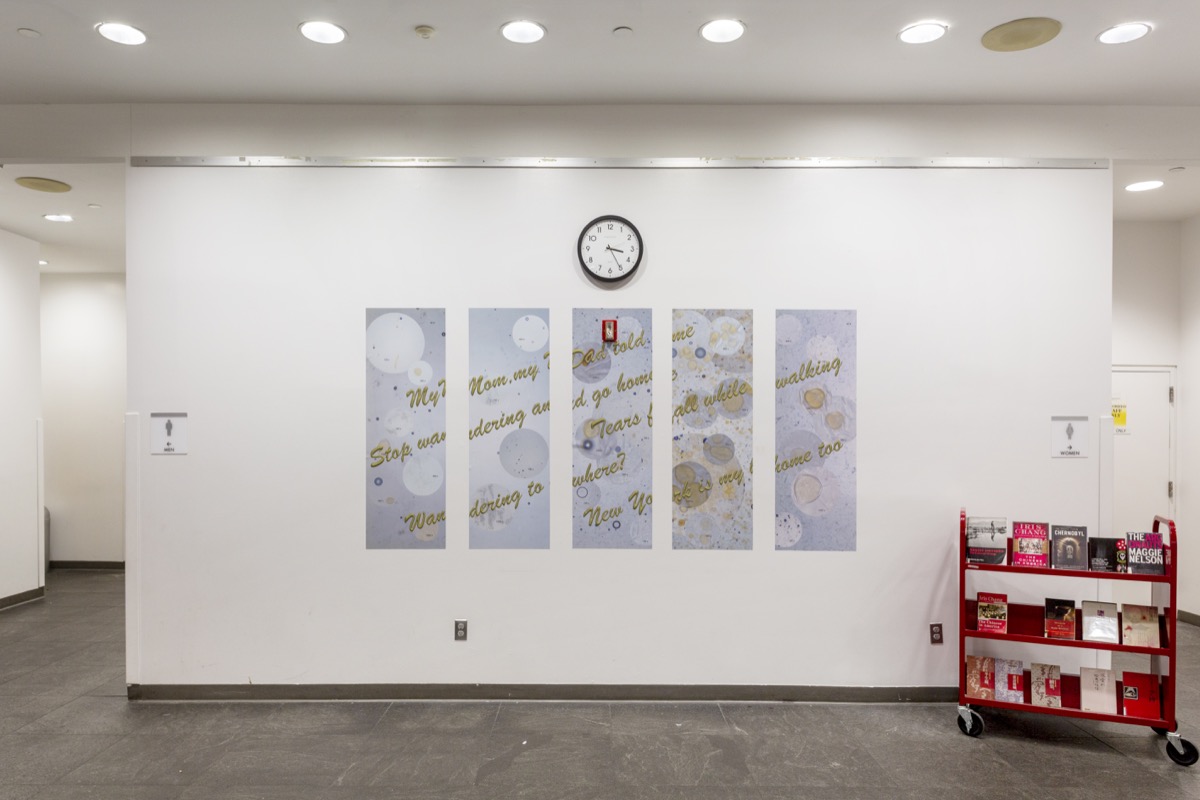| Mo Kong | 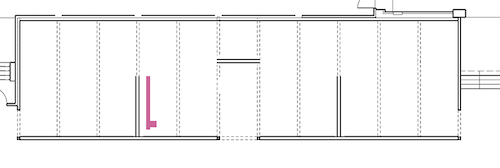 |
|||
 |
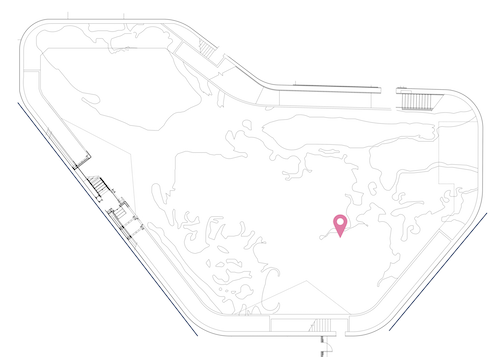 |
|||
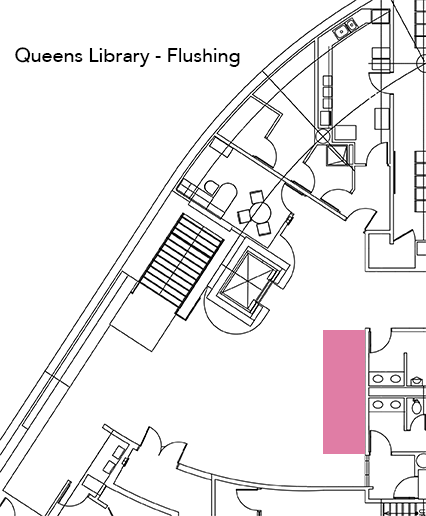 |
My work addresses the traumatic history of land use, climate change, environmental issues as well as the politics of neo-nationalism, marked by Brexit and the 2016 U.S. presidential election. My work is trying to ask questions about current international political relations. Instead of directly talking about politics, the work is coded in geologic form and weather forecast narratives. I was born and raised in China. The constant awareness of censorship helped me encode my work as scientific research and environmental issues. Censorship serves as a method rather than content in my work. From the perspective of journalism and the manipulation of mass media, I offer multiple subjective perspectives instead of an "objective" answer. These perspectives normally come from government statements, internet research, and field studies. |
|||
 |
The project started from a honey product labeled as "American Honey made by American Bees." The honey bee, however, is not native to North America. Most honey bees in America are Italian. The term "American bees" rebrands the bees with a nationality. In 2012, Shanxi Agricultural University published a paper about tracing the origins of honey by testing the pollen types in honey samples. I worked with RISD Nature Lab, the Brown University biology lab, and Best Bees, a beekeeping company in Boston, to test five honey product samples' DNA, following their methods. The work included images of pollen from Poaceae type, Catalpa ovata, Ranunculaceae type, Laminaceae type, Humulus sp, Juglans regia, Glycine max, Sophora japonica, Ailanthus altissima, Brassicaceae type, Chenopodiaceae type, Allium sp, Fagopyrum esculentum, Polygonaceae type, Rhus sp. It turns out that some pollen samples overlap between China and America. U.S. honey is often mixed with honeys from all over the world. "American honey made by American bees" is just a neo-Nationalist selling point. |
 |
||
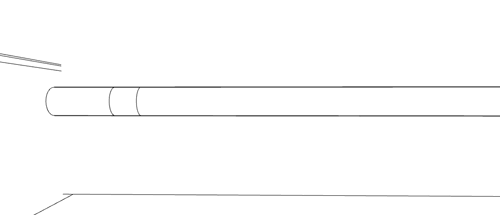 |
The word Volumes means perspectives and research in my work practice. The history of how the honey bee and honey itself gets into this land is a metaphor for the history of migration. | |||
| Do you see a relationship between censorship and extinction? | Do you see a relationship between censorship and extinction? | Censorship exists worldwide in every nation. It is like a national anthem, sharing the same concept but playing out in different lyrics, melodies, and languages—censorship is diverse and creative. It is the derivative of power and the reason "relative freedom" (as opposed to absolute freedom) exists. We cannot avoid censorship in daily life. It can bring unrecoverable damage, but I don't think it reaches the extinction level. No matter how harsh censorship is, there always some room for "relative freedom." The diverse censorship forms lead to creative resistance. In my work censorship is more self-censorship under a particular political environment. It is a direct reaction to the censored environment, but I'd rather see it as a flexible survival strategy, resistance rather than extinction. |
||
| prev | Mo Kong (b. 1989, JinZhong, ShanXi, China) earned an MFA from Rhode Island School of Design (2015). He has exhibited his work internationally, including solo shows at CUE Art Foundation, New York, NY (2019); Artericambi Gallery, Venice, Italy (2017); Chashama Gallery, New York, NY (2015); and group exhibitions at Spring Break Show, New York, NY (2018); A3 Gallery, Moscow, Russia (2017); ARTISSIMA, Torino, Italy (2017); Gibney Dance Center, New York, NY (2015); Hillyer Art Space, Washington, DC (2015); and Flux Factory, Long Island City, NY (2015). Mo has been an artist-in-residence in numerous programs including Triangle Arts Association (2018), Skowhegan School of Painting & Sculpture (2017), Mass Moca Studio Residency (2016), Vermont Studio Center (2016). He lives in Ridgewood, Queens. | next | ||
| prev | next | |||

